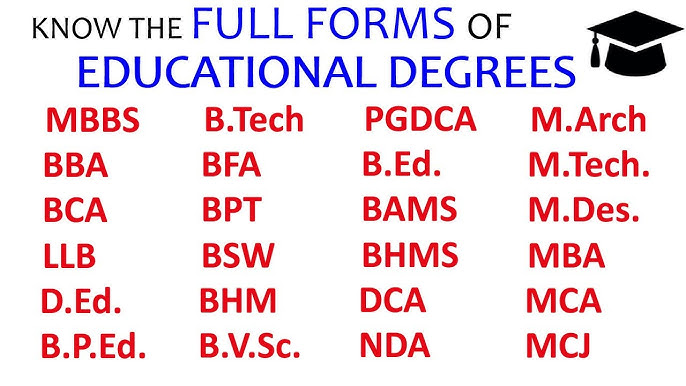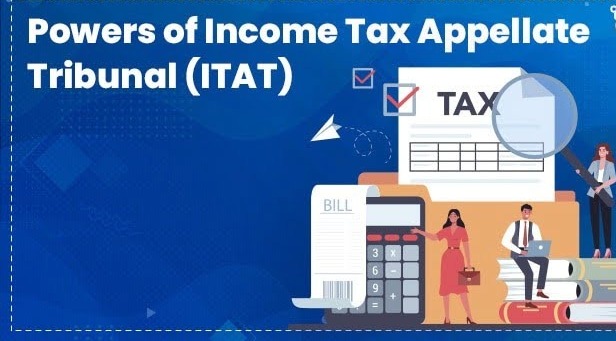Pritinker Diwaker, J
1. This appeal arises out of the judgment of conviction and order of sentence dated 18.5.2001 passed by the Special Judge (SC/ST Act) and Additional
Sessions Judge, Jagdalpur in S.T.No.502/2000 convicting the accused/appellant under Section 376 (2)(g) of IPC and sentencing him to undergo RI for
10 years and to pay a fine of Rs.3,000/- with default stipulation.
02. As per prosecution case, in the night intervening 1 st and 2nd October, 2000 when the prosecutrix was returning along with number of other village
girls and boys to her village after watching folk dance, on the way she was apprehended by the appellant, who was accompanied by 7-8 boys, and he
dragged her towards a nearby field and committed forcible sexual intercourse with her. According to the prosecutrix, the other girls accompanying her
were also taken by other boys and they too were subjected to forcible sexual intercourse by those boys whereas the boys who were accompanying
her fled from the spot. On 5.10.2000 FIR (Ex.P/5) was lodged by the prosecutrix under Section 376 of IPC against unknown person. On 7.10.2000
the police apprehended the appellant and one juvenile accused. The prosecutrix was called and it is said that the prosecutrix in presence of police
identified the appellant to be the perpetrator of the crime. She was medically examined vide Ex.P/1 on 6.10.2000 by PW-6 Dr. Smt. A. Kachha who
found no injury, external or internal, on her person and that she was habitual to sexual intercourse. The appellant was also medically examined vide
Ex.P/3 on 8.10.2000 by PW-7 Dr. KS Paikra and he was found to be capable of performing sexual intercourse. While framing charge, the trial Judge
framed charge under Section 376(2)(g) of IPC against the appellant.
03. So as to hold the accused/appellant guilty, the prosecution examined as many as 8 witnesses. Statement of the accused/appellant was also
recorded under Section 313 of Cr.P.C. in which he denied the circumstances appearing against him in the prosecution case, pleaded innocence and
false implication.
04. The trial Court after hearing counsel for the respective parties and considering the material available on record, by the impugned judgment
convicted and sentenced the accused/appellant as mentioned in para-1 of this judgment.
05. Learned counsel for the appellant submits as under: That the appellant has been falsely implicated in this offence. That a very improbable
story has been put forth by the prosecutrix where she has alleged that she was taken by the appellant whereas the other girls accompanying her were
taken by other accused persons and then they were subjected to forcible sexual intercourse.
That medical report of the prosecutrix also does not support the prosecution case.
That identification of the appellant by the prosecutrix has no evidentiary value as it was done at the instance of the police and furthermore,
according to the prosecutrix herself, at the time of commission of the offence, the accused had covered his face and as such, the question of his
identification does not arise. That there is inordinate delay in lodging the FIR and the said delay has not been explained by the prosecutrix as
required under the law.
That after commission of the offence, the prosecutrix returned to her village without informing the incident to anyone and this conduct shows that
even if any such act was committed, then she was a consenting party to that act.
06. On the other hand, supporting the impugned judgment it has been argued by the State counsel that conviction of the appellant is strictly in
accordance with law and there is no illegality or infirmity in the judgment impugned warranting interference by this Court.
07. Heard counsel for the respective parties and perused the material on record.
08. PW-1 prosecutrix has stated that when she along with her friends was returning to her villager after watching village dance, number of boys
stopped them and on the point of knife the appellant, who had covered his face, took her to a nearby field and committed forcible sexual intercourse
with her. She states that after the incident the police arrested 4-5 persons. She was medically examined. She states that in presence of police she
identified the appellant and that she saw the appellant for the first time in the police station. She has further stated that upon being asked by the police,
she identified the appellant to be the perpetrator of the crime. She states that though she was dragged in the field and was subjected to rape there but
she did not suffer any injury and that she suffered some abrasions while running away.
09. PW-2 Ramesh has been though declared hostile but has stated that some incident had taken place, however, he is not aware about the name of
the accused. PW-3 Ku. Malti has not stated anything specific against the appellant. PW-4 Laxman and PW-5 Rameshwari have turned hostile. PW-6
Dr. Smt. A. Kachha medically examined the prosecutrix vide Ex.P/1 and found no injury, external or internal on her person, her secondary sexual
characters were fully developed, hymen was old torn and that she was habitual to sexual intercourse. PW-7 Dr. KS Paikra medically examined the
appellant vide Ex.P/3 and found him capable of performing sexual intercourse. PW-8 Naresh Dubey, investigating officer, has supported the
prosecution case.
10. Close scrutiny of the evidence makes it clear that the incident is alleged to have taken place in the intervening night of 1 st and 2nd October, 2000
whereas report was lodged by the prosecutrix on 5.10.2000 and the said delay has not been properly explained by the prosecutrix. According to the
prosecutrix she was subjected to forcible sexual intercourse by the appellant in the field whereas the doctor (PW-6) who medically examined her
noticed no injury, external or internal, on her person and that she was found habitual to sexual intercourse. Though in para-10 she has stated that she
suffered some abrasion while running away, however, her medical report belies her version. She has stated in the Court that at the time of commission
of the offence, the offender had covered his face, it was dark there and after report being lodged by her the police brought the appellant to police
station where she saw him for the first time. She has failed to explain as to how she could see the appellant at the time of commission of the offence.
11. True it is that ordinarily the evidence of the prosecutrix should not be suspected and should be believed, more so as her statement has to be
evaluated on a par with that of an injured witness and if her evidence is reliable, no corroboration is necessary. While rape causes the greatest distress
and humiliation to the victim, a false allegation of rape causes equal distress, humiliation and damage to the accused as well. The accused must also be
protected against the possibility of false implication. Indisputably, in a case of rape, the evidence of the prosecutrix must be given predominant
consideration, but to hold that this evidence has to be accepted even if the story is improbable and belies logic, would be doing violence to the very
principles which govern the appreciation of evidence in a criminal matter.
12. Thus, keeping in mind the aforesaid principles of law, on close scrutiny of the entire evidence, in particular that of the prosecutrix, it emerges that
the prosecution has not been able to prove beyond reasonable doubt that appellant had committed forcible sexual intercourse with the prosecutrix.
Rather the evidence suggest that if any such act was committed, then the possibility of the prosecutrix being a consenting party to that act cannot be
ruled out. Being so, the appellant cannot be held guilty of any offence and he deserves to be acquitted of the charge by giving him benefit of doubt.
13. In the result, the appeal is allowed. The impugned judgment is set aside and the appellant is acquitted of the charge under Section 376(2)(g) of IPC
by giving him benefit of doubt. He is reported to be on bail, therefore, his bail bonds stand discharged and he need not surrender.

